06Apr
Lesson Plan > Lesson 34 > Mathematics
Lesson 34 covers:
- Elementary Level: Addition (Sums up to 30)
- Mid Level: Understand Fractions
- High Level: Word Problems with Rational Numbers and Ratios
Elementary Level (Kinder to Grade 2)
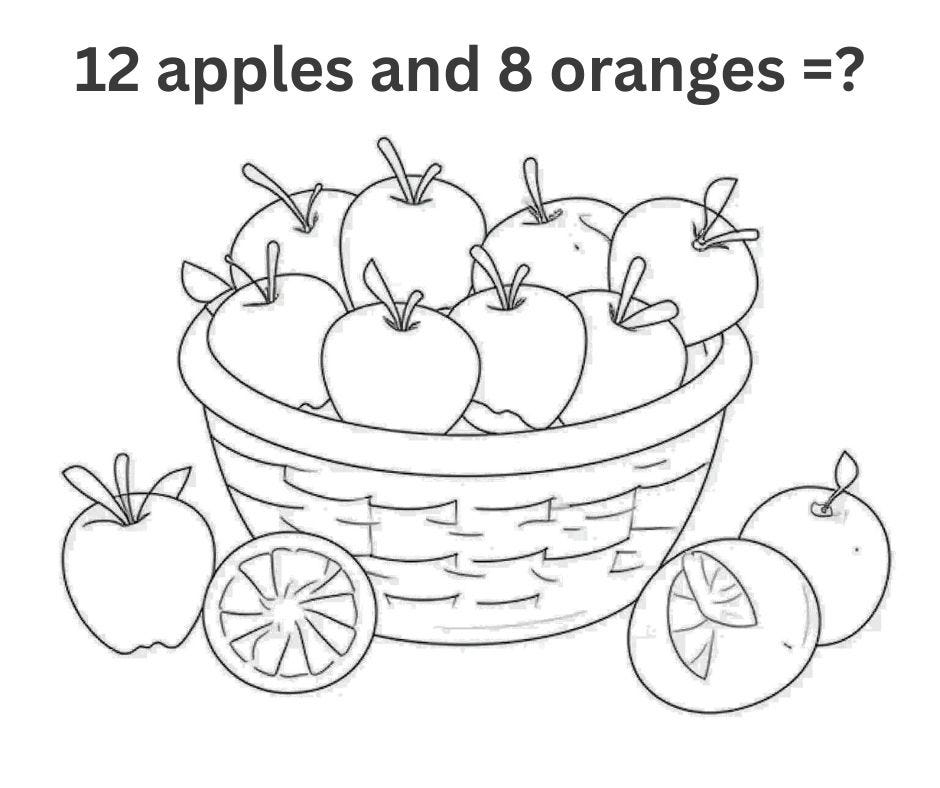
Subject: Addition (Sums up to 30)
Alignment with Standards:
- CCSS.MATH.CONTENT.1.OA.A.1 – Use addition within 20 to solve word problems.
- CCSS.MATH.CONTENT.1.OA.C.5 – Relate counting to addition.
- CCSS.MATH.CONTENT.1.OA.C.6 – Add within 20, demonstrating fluency for sums within 10.
- CCSS.MATH.CONTENT.1.NBT.C.4 – Add within 100, including a two-digit number and a one-digit number.
Lesson Objectives:
By the end of this lesson, the student will be able to:
- Solve addition problems with sums up to 30 using manipulatives and visual aids.
- Count on from a given number to find the sum.
- Write and solve simple addition equations (e.g., 12 + 5 = 17).
- Apply addition skills to solve a word problem.
Materials Needed:
- Counting manipulatives (counters, blocks, buttons, or small toys)
- Number line (0-30)
- Whiteboard & markers
- Printed worksheets (simple addition problems up to 30)
- Flashcards (optional for reinforcement)
- Image Prompt (Visual Aid): A picture of a fruit basket with apples and oranges (e.g., 10 apples + 8 oranges = ?)
Lesson Procedure:
1. Warm-Up (5-10 minutes)
- Counting Practice: Count aloud from 1 to 30 together.
- Quick Review: Solve a few simple addition problems (sums up to 10) using fingers or counters.
- Example: “If I have 3 blocks and add 4 more, how many do I have?”
2. Introduction to Addition up to 30 (15 minutes)
- Demonstrate with Manipulatives:
- Give the student 15 counters (e.g., buttons).
- Say: “Let’s add 12 buttons and 5 more. How many do we have now?”
- Guide them to count all the buttons to find the sum (17).
- Use a Number Line:
- Show how to “jump” forward to add (e.g., start at 10, jump 6 spaces to land on 16).
- Write Equations:
- Model writing the problem: 12 + 5 = 17
3. Guided Practice (15 minutes)
- Worksheet Activity: Simple addition problems (e.g., 10 + 6, 14 + 3, 20 + 5).
- Word Problem:
- “Emma has 15 stickers. She gets 7 more. How many does she have now?”
- Solve using counters or a number line.
4. Independent Practice (10 minutes)
- Flashcard Game: Draw a flashcard (e.g., 18 + 4) and solve using preferred method.
- Drawing Activity:
- Ask the student to draw two groups of objects (e.g., 13 stars + 6 moons) and count the total.
5. Wrap-Up & Review (5 minutes)
- Ask: “What did we learn today?”
- Solve one last problem together (e.g., 25 + 3).
- Praise effort and progress!
Assessment & Follow-Up:
- Observe if the student can:
- Accurately count and add numbers up to 30.
- Use multiple strategies (manipulatives, number line, mental math).
- Extension Activity (Optional):
- Play a dice game (roll two dice, add numbers, and say the sum).
Mid Level (Grade 3 to 5)
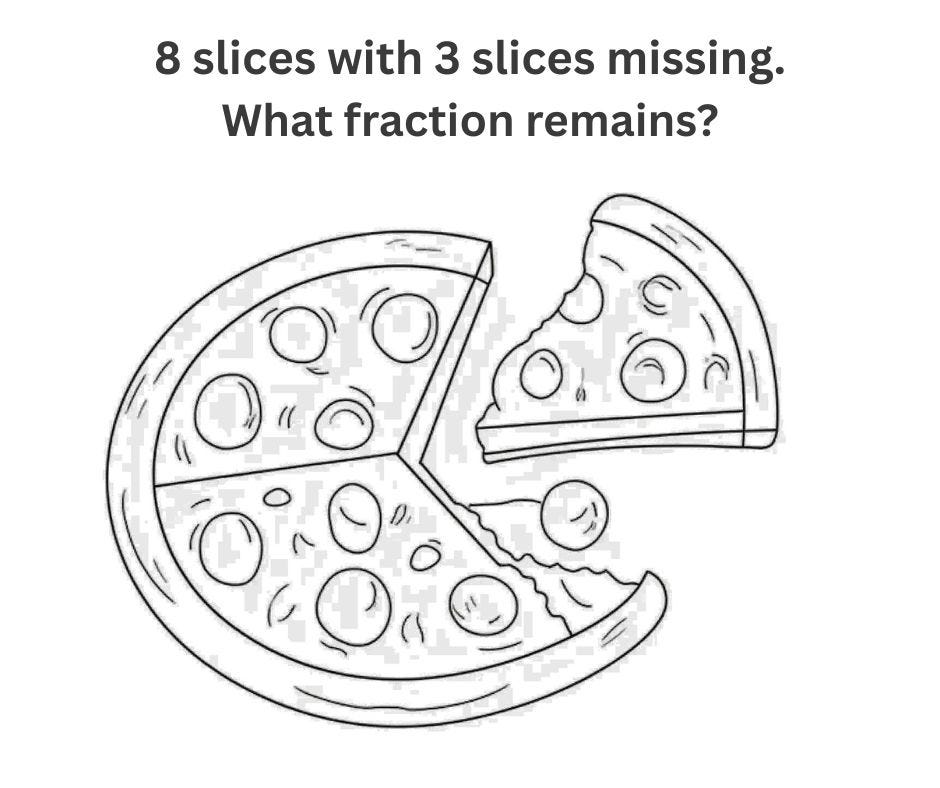
Subject: Understanding Fractions (Parts of a Whole or Set)
Alignment with Standards:
- CCSS.MATH.CONTENT.4.NF.A.1 – Explain why a fraction a/b is equivalent to a fraction (n × a)/(n × b).
- CCSS.MATH.CONTENT.3.NF.A.1 – Understand a fraction 1/b as the quantity formed by 1 part when a whole is partitioned into b equal parts.
- CCSS.MATH.CONTENT.4.NF.B.3 – Understand a fraction as a sum of unit fractions (e.g., 3/4 = 1/4 + 1/4 + 1/4).
Lesson Objectives:
By the end of this lesson, the student will be able to:
- Define a fraction as part of a whole or a set.
- Represent fractions visually using models (circles, rectangles, or objects).
- Identify numerator and denominator in a fraction.
- Compare simple fractions using concrete examples.
Materials Needed:
- Fraction circles or strips (printable or physical)
- Paper plates or construction paper (for drawing fractions)
- Colored pencils/markers
- Small objects (counters, beads, or LEGO pieces)
- Whiteboard & markers
- Printed worksheets (fraction shading & matching)
- Image Prompt (Visual Aid): A pizza divided into 8 slices with 3 slices eaten (to represent 3/8).
Lesson Procedure:
1. Warm-Up (10 minutes)
- Real-Life Fractions Discussion:
- Ask: “Have you ever shared a pizza or a chocolate bar? How did you split it?”
- Introduce the idea of fractions as equal parts.
- Quick Review of Basic Terms:
- Draw a simple fraction (e.g., 1/2) and label the numerator (top number) and denominator (bottom number).
2. Introduction to Fractions (15 minutes)
- Hands-On Demonstration:
- Use a paper plate to draw a circle and divide it into 4 equal parts. Shade 1 part to show 1/4.
- Repeat with a rectangle divided into 3 parts, shading 2/3.
- Fraction of a Set:
- Place 12 counters on the table. Ask: “If 3 are red, what fraction is red?” (Answer: 3/12 or simplified to 1/4).
3. Guided Practice (20 minutes)
- Activity 1: Fraction Circles/Strips
- Have the student shade in fractions like 2/5, 3/6, etc., on printed templates.
- Activity 2: Object Groups
- Give 10 LEGO pieces and ask: “What fraction is blue if 4 are blue?” (4/10 → simplify to 2/5).
- Worksheet Practice:
- Match fractions to shaded shapes (e.g., link a picture of a half-shaded square to “1/2”).
4. Interactive Game (10 minutes)
- “Fraction Bingo”
- Create bingo cards with fractions (e.g., 1/2, 2/3) and call out descriptions (“Shade two parts out of three!”).
5. Wrap-Up & Review (5 minutes)
- Ask: “How would you explain a fraction to a friend?”
- Solve a real-world problem: “If you ate 5 out of 8 cookies, what fraction is left?” (3/8).
Assessment & Follow-Up:
- Observation: Can the student accurately shade and name fractions?
- Exit Ticket: Draw 5/6 of a pie and explain the numerator/denominator.
- Extension Activity:
- Bake cookies and divide them into fractions to share!
High Level (Grade 6 to 8)
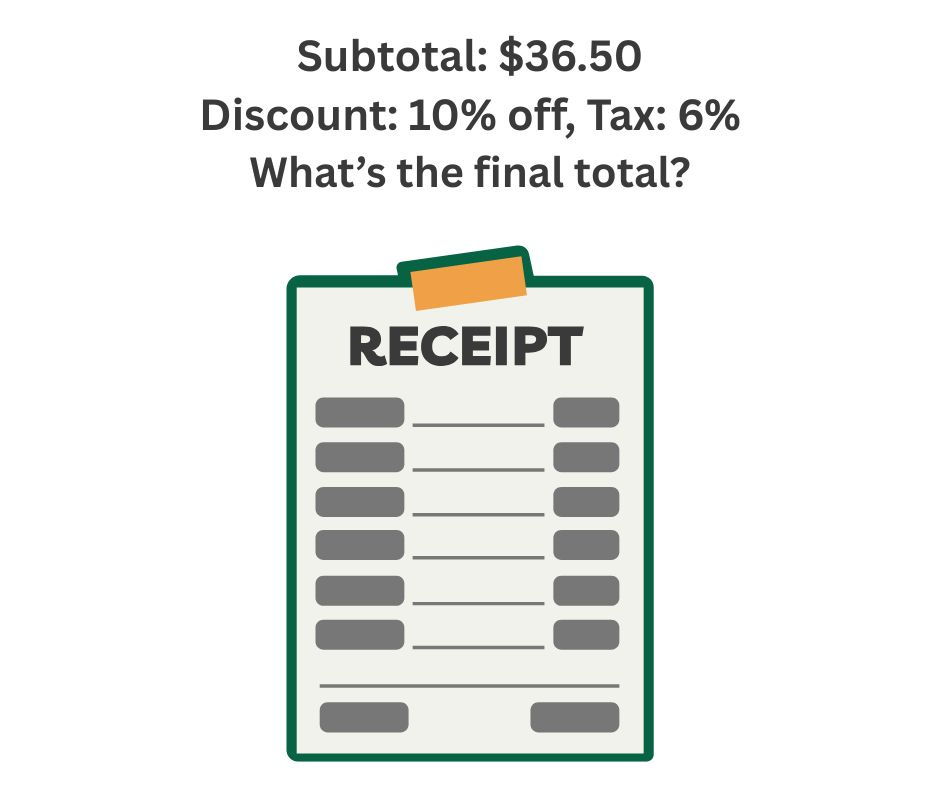
Subject: Word Problems with Rational Numbers & Ratios
Alignment with Standards:
- CCSS.MATH.CONTENT.7.NS.A.3 – Solve real-world problems involving the four operations with rational numbers.
- CCSS.MATH.CONTENT.7.RP.A.3 – Use proportional relationships to solve ratio and percent problems (e.g., discounts, interest, taxes).
- CCSS.MATH.CONTENT.7.EE.B.3 – Solve multi-step real-life problems with positive and negative rational numbers.
Lesson Objectives:
By the end of this lesson, the student will be able to:
- Identify rational numbers (positive/negative fractions, decimals, integers) in real-world contexts.
- Apply arithmetic operations (+, −, ×, ÷) to solve word problems involving rational numbers.
- Use ratios to solve problems involving proportions, unit rates, and percentages.
- Justify solutions by explaining steps clearly.
Materials Needed:
- Whiteboard & markers
- Printed worksheets (real-world word problems)
- Calculator (for checking work)
- Play money (for financial scenarios)
- Grocery store ads (for price comparisons)
- Image Prompt: A receipt with discounts/taxes (to calculate final price)
Lesson Procedure:
1. Warm-Up (10 minutes)
Review Rational Numbers & Ratios:
- Quick examples:
- “If the temperature drops from 5°C to -3°C, what’s the change?” (Answer: −8°C)
- “A recipe uses 2 cups flour for 3 cups milk. What’s the ratio?” (Answer: 2:3 or ⅔)
2. Direct Instruction (15 minutes)
Key Concepts:
- Rational Numbers in Context:
- Money (profits/losses), temperatures, elevations, measurements.
- Ratio/Proportion Strategies:
- Unit rates (e.g., “$3.50 per pound”), scaling recipes, map scales.
- Problem-Solving Steps:
- Read the problem.
- Understand what’s being asked.
- Label numbers (positive/negative, units).
- Execute the math.
- Sense-check the answer.
3. Guided Practice (20 minutes)
Activity 1: Financial Word Problems
- “You have $50. You spend $50. You spend $12.75 on a book and earn $20 for babysitting. What’s your final balance?”
- Solution: $50 − $50 − $12.75 + $20 = $7.25
Activity 2: Ratios in Recipes
- “A cookie recipe calls for 1.5 cups sugar for 4 dozen cookies. How much sugar for 2 dozen?”
- Solution: Half the ratio → 0.75 cups
Activity 3: Temperature Change
- “It’s -4°F at night and rises 15°F by noon. What’s the new temperature?”
- Solution: −4 + 15 = 11°F
4. Independent Practice (15 minutes)
Worksheet Problems:
- Discounts/Taxes:“A $80 jacket is 25% off. Sales tax is 7%. What’s the final price?”
- Solution: $80 × 0.75 = $60; $60 × 1.07 = $64.20
- Speed/Distance:“A car travels 240 miles in 3.2 hours. What’s the speed in mph?”
- Solution: 240 ÷ 3.2 = 75 mph
5. Wrap-Up & Reflection (10 minutes)
- Discussion:
- “Which problem was hardest? How did you solve it?”
- Real-World Task:
- Use a grocery ad to compare unit prices (e.g., 12 oz for $2.40 vs. 18oz for $2.40 vs. 18oz for $3.60).
Assessment & Follow-Up:
- Exit Ticket: Solve: “A 20% tip on a $45 meal is ____. Total cost = ____.”
- Project Extension: Track a week’s weather changes using negative numbers.
Differentiation Tips:
- For Struggling Learners: Use smaller numbers or highlight key words (e.g., “total,” “per”).
- For Advanced Learners: Introduce multi-step problems with mixed operations.



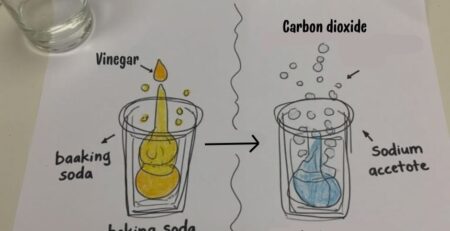
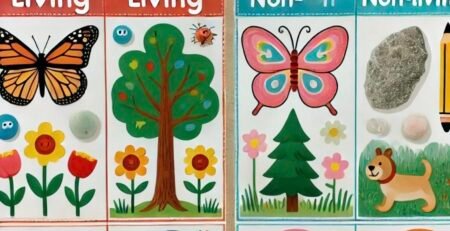


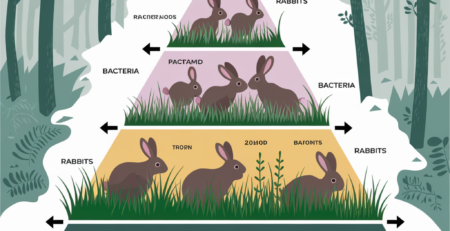
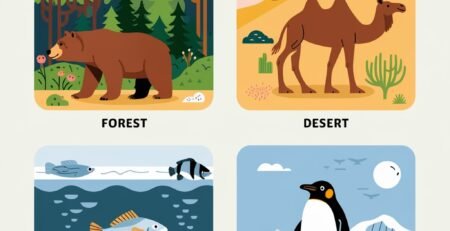
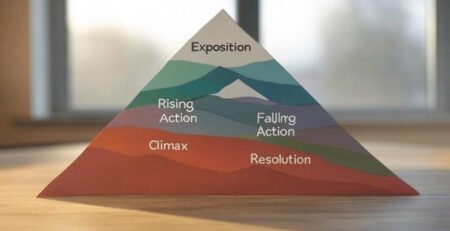



LEAVE A COMMENT